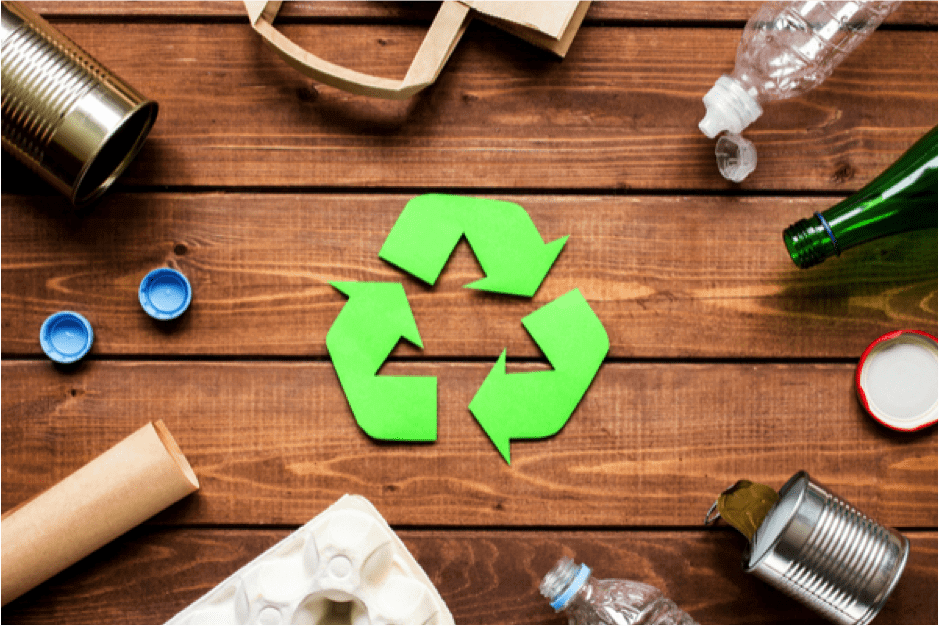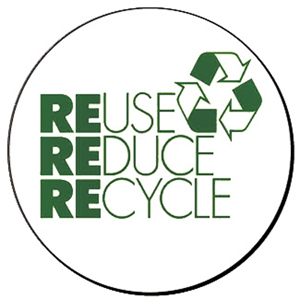Recycling Lives Services: Leading the Way in Responsible Recycling
Wiki Article
Discovering Various Kinds Of Waste in Modern Waste Management Solution
The contemporary landscape of waste monitoring involves browsing a complex selection of waste kinds, each needing specialized handling and disposal approaches to alleviate environmental effects. Metropolitan strong waste, harmful waste, digital waste, and organic waste each existing unique challenges and opportunities for resource healing.Municipal Strong Waste
Municipal strong waste, often referred to as household garbage or rubbish, incorporates a selection of discarded products created by property, business, and institutional resources within a municipality. This waste stream usually includes products such as packaging, food scraps, yard trimmings, paper, plastics, fabrics, and thrown out family products. The management of municipal strong waste is an important component of urban preparation and public health, requiring reliable collection, transport, and disposal systems.Reliable waste monitoring systems are made to lessen ecological influence while maximizing resource recuperation. This usually includes a mix of approaches consisting of landfilling, recycling, and composting. Recycling programs target materials like paper, glass, steels, and certain plastics, diverting them from land fills and reintroducing them into the manufacturing cycle. Composting organic waste, such as food scraps and backyard trimmings, not only decreases garbage dump use but likewise generates important soil modifications.
Districts should likewise attend to the economic and logistical obstacles connected with waste monitoring. Applying pay-as-you-throw systems, boosting public awareness, and purchasing modern technology can dramatically improve waste diversion prices. By integrating these techniques, communities can promote lasting neighborhoods, decrease greenhouse gas discharges, and conserve natural resources.
Hazardous Waste

Efficient unsafe waste administration entails numerous vital steps: recognition, disposal, segregation, and treatment. Partition ensures that harmful products are kept individually from non-hazardous waste to protect against cross-contamination.
Regulative frameworks, such as the Resource Conservation and Recovery Act (RCRA) in the USA, offer standards and requirements for contaminated materials administration. Adherence to these guidelines, combined with advancements in waste treatment modern technologies, is essential in mitigating the dangers connected with harmful waste.
Digital Waste
Electronic waste, generally referred to as e-waste, stands for a rapidly expanding obstacle in waste management systems around the world. This sort of waste incorporates disposed of electronic gadgets and equipment such as smartphones, computers, televisions, and other electronic devices. The rapid pace of technical improvement, paired with lowering product life expectancies and customer demand for the current devices, has exponentially raised the quantity of e-waste created yearly.E-waste is especially bothersome as a result of its intricate make-up, typically including hazardous compounds like lead, mercury, and cadmium, which present considerable ecological and health risks otherwise correctly handled. Alternatively, e-waste likewise consists of useful materials such as copper, gold, and silver, which can be recovered and recycled. The double nature of e-waste-- both unsafe and valuable-- demands specialized handling, reusing, and disposal procedures.
Reliable e-waste monitoring involves strict governing structures, durable collection systems, and progressed reusing innovations. Public recognition and engagement are essential, as incorrect disposal methods, such as unlawful unloading and informal recycling, aggravate ecological contamination and carcinogen. Consequently, boosting e-waste monitoring techniques is essential for minimizing environmental impact and recovering valuable sources in an increasingly digital world.

Organic Waste
Organic waste, comprising kitchen scraps, yard trimmings, and farming residues, represents a significant part of the global waste stream. This kind of waste is biodegradable, suggesting it can be broken down by microbes into simpler organic substances. In spite of its possibility for natural disintegration, improper administration of organic waste can cause negative ecological impacts, consisting of the exhaust of greenhouse gases such as methane, which add to environment change.Efficient administration of organic waste is critical for lessening these ecological impacts (recycling lives services). Composting is a commonly embraced method, transforming natural waste right into nutrient-rich garden compost that can improve soil health and wellness and farming performance. Furthermore, anaerobic digestion is an emerging innovation that transforms natural waste right into biogas, a sustainable power resource, and digestate, which can be used as fertilizer
Municipalities and waste administration entities should carry out durable natural waste collection and therapy programs to take full advantage of the benefits of read this these processes. Public education campaigns can likewise play a crucial role in motivating families and organizations to different organic waste from other kinds of waste. By prioritizing the administration of organic waste, societies can decrease land fill use, lower greenhouse gas discharges, and create useful results for agricultural usage.

Cutting-edge Waste Monitoring
In the world of waste monitoring, ingenious approaches are changing exactly how cultures manage their refuse, going for sustainability and performance. These improvements incorporate a variety of modern technologies and techniques that enhance reusing prices, lower land fill dependency, and lower ecological impact. One popular advancement is the application of wise waste containers geared up with sensing units that keep an eye on fill degrees and enhance collection paths. This not only lowers gas usage yet also minimizes her response greenhouse gas exhausts.
An additional significant growth is the fostering of waste-to-energy (WtE) innovations. By converting non-recyclable waste right into functional energy through processes such as incineration and anaerobic digestion, WtE reduces land fill problem and supplies a renewable resource resource. Innovations in chemical reusing permit for the breakdown of complex plastics into their original monomers, enabling the development of new, high-quality plastic items.
Furthermore, the circular economy design is gaining grip, emphasizing the style of products and systems that focus on reusability and resource effectiveness. This all natural method urges industries to decrease waste generation from the outset. With these cutting-edge techniques, modern-day waste management systems are not only addressing the immediate difficulties of garbage disposal but additionally leading the way for an extra sustainable future.
Final Thought
A thorough understanding of community strong waste, unsafe waste, electronic waste, and natural waste, paired with the application of innovative waste management services, is important for alleviating ecological effects. Incorporating look at here now modern technologies such as smart waste bins and waste-to-energy systems can enhance efficiency and sustainability. Efficient waste monitoring approaches not just foster source recovery but also advertise public understanding and involvement, ultimately adding to the development of a circular economic climate.The modern landscape of waste management includes navigating a complicated range of waste kinds, each calling for specialized handling and disposal approaches to mitigate environmental influences. Local strong waste, unsafe waste, digital waste, and organic waste each existing unique difficulties and opportunities for resource recuperation.Digital waste, commonly referred to as e-waste, represents a swiftly expanding difficulty in waste management systems globally. Through these innovative approaches, modern-day waste administration systems are not only dealing with the immediate challenges of waste disposal yet additionally leading the method for a more lasting future.
A thorough understanding of local solid waste, unsafe waste, digital waste, and organic waste, coupled with the execution of ingenious waste management remedies, is important for minimizing environmental influences. (recycling lives services)
Report this wiki page